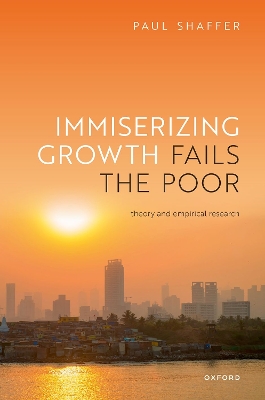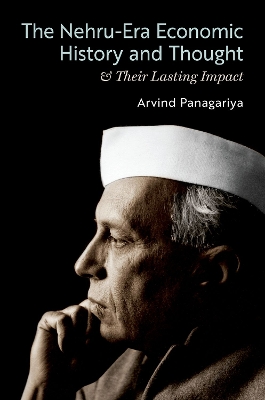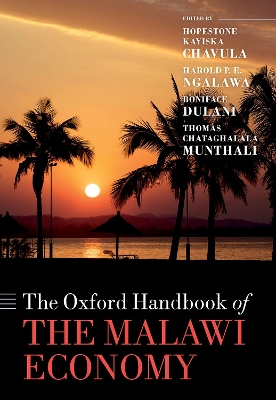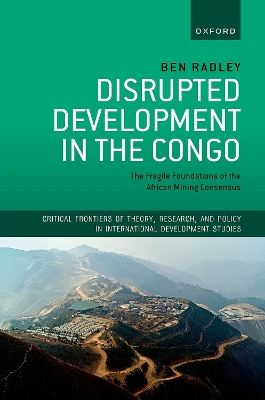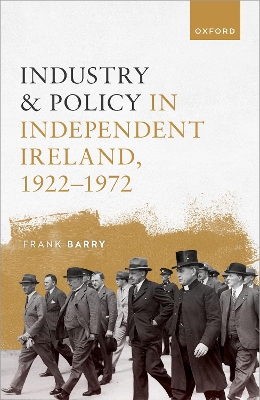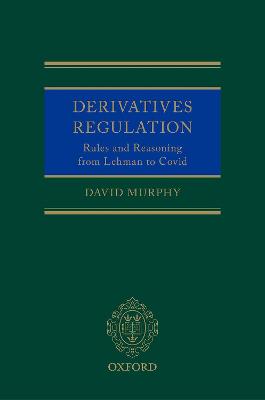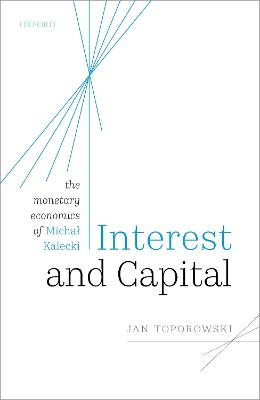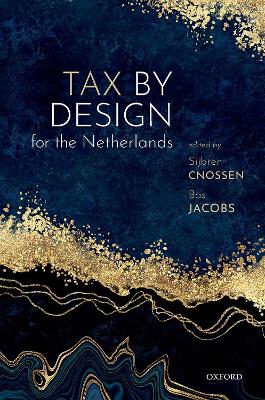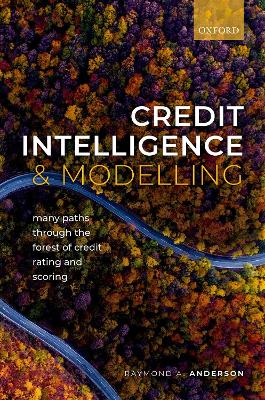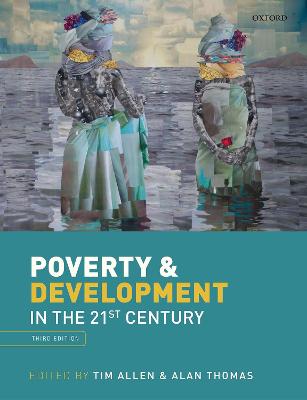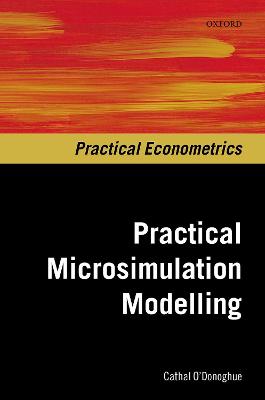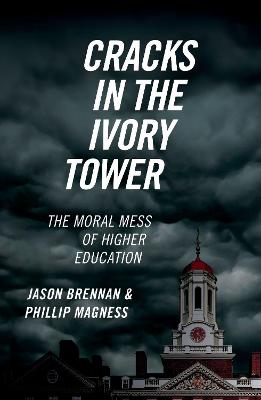Urban Experience
 -10%
portes grátis
-10%
portes grátis
Urban Experience
An Interdisciplinary Policy Perspective
Stevenson, Mary Huff; Williams, Russell E.; Bluestone, Barry
Oxford University Press Inc
04/2022
640
Mole
Inglês
9780197527313
15 a 20 dias
1
Part I Introduction to Cities and Suburbs
Chapter 1 The Wonder and Paradox of Urban Life
Urban Issues and the Social Science Lens
Our Love/Hate Relationship with the City Our Love/Hate Relationship with the Suburbs The Importance of Density
Urban Spillovers
Economic Geographies and Political Geographies
The Dynamics of Metropolitan Development
An Analytic Framework for Understanding Metropolitan Area
Dynamics
Further Applications of the Analytic Framework
Well-Being and Public Policy
The Role of Political Power and Interest Groups Paradox and Urban Inquiry
Key Issues in Urban Policy
Globalization and the Changing Role of U.S. Cities
The Tools of the Trade
Opportunity Cost
The Criteria of Efficiency and Equity Externalities
Unintended Consequences
Other Important Economic Concepts
Chapter 2 Cities of the World: How Metro Areas Rank
Defining Metro Areas
The Need for Standard Definitions New Definitions
Ranking The World's Metropolitan Areas Roles in the World Economy
Ranking US Metropolitan Areas
Cities and Their Reputations
A Taxonomy of 21st Century Cities
Central Cities and Suburbs
Economic Rankings of Cities
The Cost of Living
Ranking World Cities
Average Income per Capita per Year (PPP)
Poverty
Race and Ethnicity
Racial and Ethnic Diversity in Global Cities
Income Disparities in Global Cities
Using Data Wisely
Part II The Dynamics of Metropolitan Development
Chapter 3 Metropolitan Development from the Seventeenth to the
Early Twentieth Century
The Geography of Growth: Centripetal and Centrifugal Forces
The Era of Water and Steam Power
The Era of Railroads, Electricity, and the Telephone
Some Economic Concepts Underlying Urban Growth
Trade and Transportation Costs Agglomeration Economies and Density Internal Economies of Scale
Size of Consumer Markets Technological Progress
Transportation Costs between 19th Century Cities Weber's Graphical Model of Transportation Costs
Other Important Ideas from Weber and from Isard Transportation Costs within 19th Century Cities
Agglomeration Economies and the Growth of Cities
Technological Progress and Innovation
Demographic Growth and Change in Urban Areas
Internal Migration: From Rural to Urban America Immigration and the Growth of American Cities Annexation and the Growing Size of Cities
The Changing Pattern of Urban Population Growth
Chapter 4 Cities and Suburbs Moving Into the 21st Century
The Dynamics of Metropolitan Expansion
Formal Models of Urban Growth and Development
Understanding Urban Land Values
The Basic Alonso Model---Learning About Cities from Rural
Farms
Applying the Bid-Rent Model to Metro Area Development
The Residential Paradox
Constrained Choice and Political Factors in Land Values and Location
The Evolution of 20th Century U.S. Metropolitan Areas
Post World War II Business Location
The Rise of the Post-World War II Suburb
The Impact of Federal Policies on Suburbanization
Class, Race, and Ethnic Segregation in the American City
New Immigration and the Cities
Cross-Currents of the Late 20th Century: Sunbelt Cities, Edge Cities, And Gentrification
The Rise of Sunbelt Cities The Rise of Edge Cities
Central Cities and Gentrification
The Changing Fortunes of Individual Cities
Globalization and the Competition for Industry in the 21st Century
Weber and the Twenty-First-Century City
Part III Foundations of Metropolitan Area Prosperity
Chapter 5 Urban Prosperity and the Role of Trade
A Short Primer on the Economics of Trade
Absolute Advantage Comparative Advantage
Limitations to the Theory of Comparative Advantage
New Trade Theory
The Theory of Competitive Advantage
Trade and Prosperity
Export Base Theory: The Demand Side of the Metropolitan Area's Economy
The Basic/Non-Basic Approach: A Simple Measurement Technique
Job Multipliers Location Quotients
Limitations of the Basic/Non-Basic Approach
Input-Output Analysis: A More Complex Set of Tools
Limitations of the Input-Output Measurement Technique Limitations of the Demand Side Focus
Shifting the Focus from the Demand Side to the Supply Side
The Supply Side: A Long-Term Perspective
Interactions between the Demand Side and the Supply Side
Strategies for Less-Resilient Metropolitan Areas
Competitive Advantage in Inner-City Neighborhoods
Understanding Metro Area Prosperity in Light of Economic Theory
Newly Prosperous Metro Areas in the US
Summing Up
Chapter 6 Urban Labor Markets and Metro Prosperity
The National Economic Business Cycle
Unemployment Across the Globe
Employment and Unemployment in the United States
What Occupations Pay
Labor Market Earnings by Metro Area
Occupational Wage Differentials Across Metro Areas
Occupational Wage Differentials Between Occupations Across
Metro Areas
Theories About Wage Determination
Understanding Wage Differentials
Human Capital
Market Power and Barriers to Mobility in the Labor Market
Racial and Ethnic Discrimination
Spatial Mismatch
Skills Mismatch
Employment, Social Networks, and Social Capital
The Role of Unions
Immigration
Explaining Metro Area Earnings Differentials: A Summary
Labor Markets and Urban Prosperity
Part IV Current Policy Issues in Metro Areas
Chapter 7 The Urban Public Sector
Government's Economic Role in Metro Areas
How the Private Market is Supposed to Work
Supply and Demand in the Private Sector
Market Failure and the Public Sector
Market Power
Information Problems
Negative and Positive Externalities Pure Public Goods
Government and the Distribution of Well-Being
The Debate over the Scope of Government Intervention
Market Failure and the Alternatives for Providing Goods and Services
Regulated Private Markets Public Funding/Private Provision Public Provision
Local Government Employment and Spending Patterns
Privatization of Public Services
Paying for Government Services
Income and Sales Taxes Levied by Local Governments
Pricing in the Public Sector
A Primer on the Economics of Building and Paying for Bridges User Fees
The Tiebout Hypothesis
Limitations in the Tiebout Hypothesis Metropolitanism
Individuals, Interest Groups, and Values
Public Choice Theory Interest Groups and Elites Incrementalism
Regime Theory and Growth Machines
The Nature of Voting Systems
The Challenge of Public Sector Decision Making
Appendix A: Negative Externalities
Appendix B: Positive Externalities
Chapter 8 Urban Public Education and Metro Prosperity
The Decentralized U.S. Education System
Variation in School Spending
The Importance of Schooling in Modern Society
Variation in Educational Attainment across Metro Areas Educational Attainment and Metro Area Income
Education, New Growth Theory, and the Well-Being of Cities and Suburbs
Education Production Functions
Racial and Ethnic Differences in Educational Opportunity and
Outcomes
Trends in School Success by Race and Ethnicity
Understanding
Part I Introduction to Cities and Suburbs
Chapter 1 The Wonder and Paradox of Urban Life
Urban Issues and the Social Science Lens
Our Love/Hate Relationship with the City Our Love/Hate Relationship with the Suburbs The Importance of Density
Urban Spillovers
Economic Geographies and Political Geographies
The Dynamics of Metropolitan Development
An Analytic Framework for Understanding Metropolitan Area
Dynamics
Further Applications of the Analytic Framework
Well-Being and Public Policy
The Role of Political Power and Interest Groups Paradox and Urban Inquiry
Key Issues in Urban Policy
Globalization and the Changing Role of U.S. Cities
The Tools of the Trade
Opportunity Cost
The Criteria of Efficiency and Equity Externalities
Unintended Consequences
Other Important Economic Concepts
Chapter 2 Cities of the World: How Metro Areas Rank
Defining Metro Areas
The Need for Standard Definitions New Definitions
Ranking The World's Metropolitan Areas Roles in the World Economy
Ranking US Metropolitan Areas
Cities and Their Reputations
A Taxonomy of 21st Century Cities
Central Cities and Suburbs
Economic Rankings of Cities
The Cost of Living
Ranking World Cities
Average Income per Capita per Year (PPP)
Poverty
Race and Ethnicity
Racial and Ethnic Diversity in Global Cities
Income Disparities in Global Cities
Using Data Wisely
Part II The Dynamics of Metropolitan Development
Chapter 3 Metropolitan Development from the Seventeenth to the
Early Twentieth Century
The Geography of Growth: Centripetal and Centrifugal Forces
The Era of Water and Steam Power
The Era of Railroads, Electricity, and the Telephone
Some Economic Concepts Underlying Urban Growth
Trade and Transportation Costs Agglomeration Economies and Density Internal Economies of Scale
Size of Consumer Markets Technological Progress
Transportation Costs between 19th Century Cities Weber's Graphical Model of Transportation Costs
Other Important Ideas from Weber and from Isard Transportation Costs within 19th Century Cities
Agglomeration Economies and the Growth of Cities
Technological Progress and Innovation
Demographic Growth and Change in Urban Areas
Internal Migration: From Rural to Urban America Immigration and the Growth of American Cities Annexation and the Growing Size of Cities
The Changing Pattern of Urban Population Growth
Chapter 4 Cities and Suburbs Moving Into the 21st Century
The Dynamics of Metropolitan Expansion
Formal Models of Urban Growth and Development
Understanding Urban Land Values
The Basic Alonso Model---Learning About Cities from Rural
Farms
Applying the Bid-Rent Model to Metro Area Development
The Residential Paradox
Constrained Choice and Political Factors in Land Values and Location
The Evolution of 20th Century U.S. Metropolitan Areas
Post World War II Business Location
The Rise of the Post-World War II Suburb
The Impact of Federal Policies on Suburbanization
Class, Race, and Ethnic Segregation in the American City
New Immigration and the Cities
Cross-Currents of the Late 20th Century: Sunbelt Cities, Edge Cities, And Gentrification
The Rise of Sunbelt Cities The Rise of Edge Cities
Central Cities and Gentrification
The Changing Fortunes of Individual Cities
Globalization and the Competition for Industry in the 21st Century
Weber and the Twenty-First-Century City
Part III Foundations of Metropolitan Area Prosperity
Chapter 5 Urban Prosperity and the Role of Trade
A Short Primer on the Economics of Trade
Absolute Advantage Comparative Advantage
Limitations to the Theory of Comparative Advantage
New Trade Theory
The Theory of Competitive Advantage
Trade and Prosperity
Export Base Theory: The Demand Side of the Metropolitan Area's Economy
The Basic/Non-Basic Approach: A Simple Measurement Technique
Job Multipliers Location Quotients
Limitations of the Basic/Non-Basic Approach
Input-Output Analysis: A More Complex Set of Tools
Limitations of the Input-Output Measurement Technique Limitations of the Demand Side Focus
Shifting the Focus from the Demand Side to the Supply Side
The Supply Side: A Long-Term Perspective
Interactions between the Demand Side and the Supply Side
Strategies for Less-Resilient Metropolitan Areas
Competitive Advantage in Inner-City Neighborhoods
Understanding Metro Area Prosperity in Light of Economic Theory
Newly Prosperous Metro Areas in the US
Summing Up
Chapter 6 Urban Labor Markets and Metro Prosperity
The National Economic Business Cycle
Unemployment Across the Globe
Employment and Unemployment in the United States
What Occupations Pay
Labor Market Earnings by Metro Area
Occupational Wage Differentials Across Metro Areas
Occupational Wage Differentials Between Occupations Across
Metro Areas
Theories About Wage Determination
Understanding Wage Differentials
Human Capital
Market Power and Barriers to Mobility in the Labor Market
Racial and Ethnic Discrimination
Spatial Mismatch
Skills Mismatch
Employment, Social Networks, and Social Capital
The Role of Unions
Immigration
Explaining Metro Area Earnings Differentials: A Summary
Labor Markets and Urban Prosperity
Part IV Current Policy Issues in Metro Areas
Chapter 7 The Urban Public Sector
Government's Economic Role in Metro Areas
How the Private Market is Supposed to Work
Supply and Demand in the Private Sector
Market Failure and the Public Sector
Market Power
Information Problems
Negative and Positive Externalities Pure Public Goods
Government and the Distribution of Well-Being
The Debate over the Scope of Government Intervention
Market Failure and the Alternatives for Providing Goods and Services
Regulated Private Markets Public Funding/Private Provision Public Provision
Local Government Employment and Spending Patterns
Privatization of Public Services
Paying for Government Services
Income and Sales Taxes Levied by Local Governments
Pricing in the Public Sector
A Primer on the Economics of Building and Paying for Bridges User Fees
The Tiebout Hypothesis
Limitations in the Tiebout Hypothesis Metropolitanism
Individuals, Interest Groups, and Values
Public Choice Theory Interest Groups and Elites Incrementalism
Regime Theory and Growth Machines
The Nature of Voting Systems
The Challenge of Public Sector Decision Making
Appendix A: Negative Externalities
Appendix B: Positive Externalities
Chapter 8 Urban Public Education and Metro Prosperity
The Decentralized U.S. Education System
Variation in School Spending
The Importance of Schooling in Modern Society
Variation in Educational Attainment across Metro Areas Educational Attainment and Metro Area Income
Education, New Growth Theory, and the Well-Being of Cities and Suburbs
Education Production Functions
Racial and Ethnic Differences in Educational Opportunity and
Outcomes
Trends in School Success by Race and Ethnicity
Understanding

